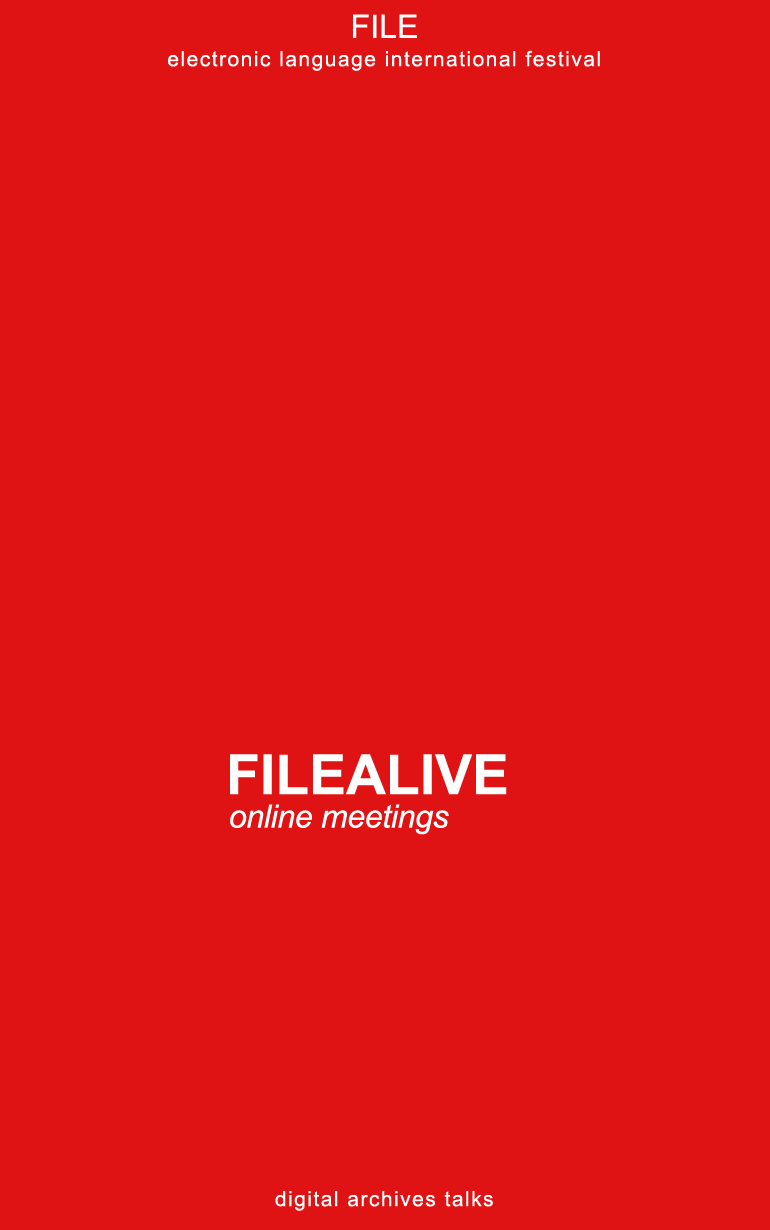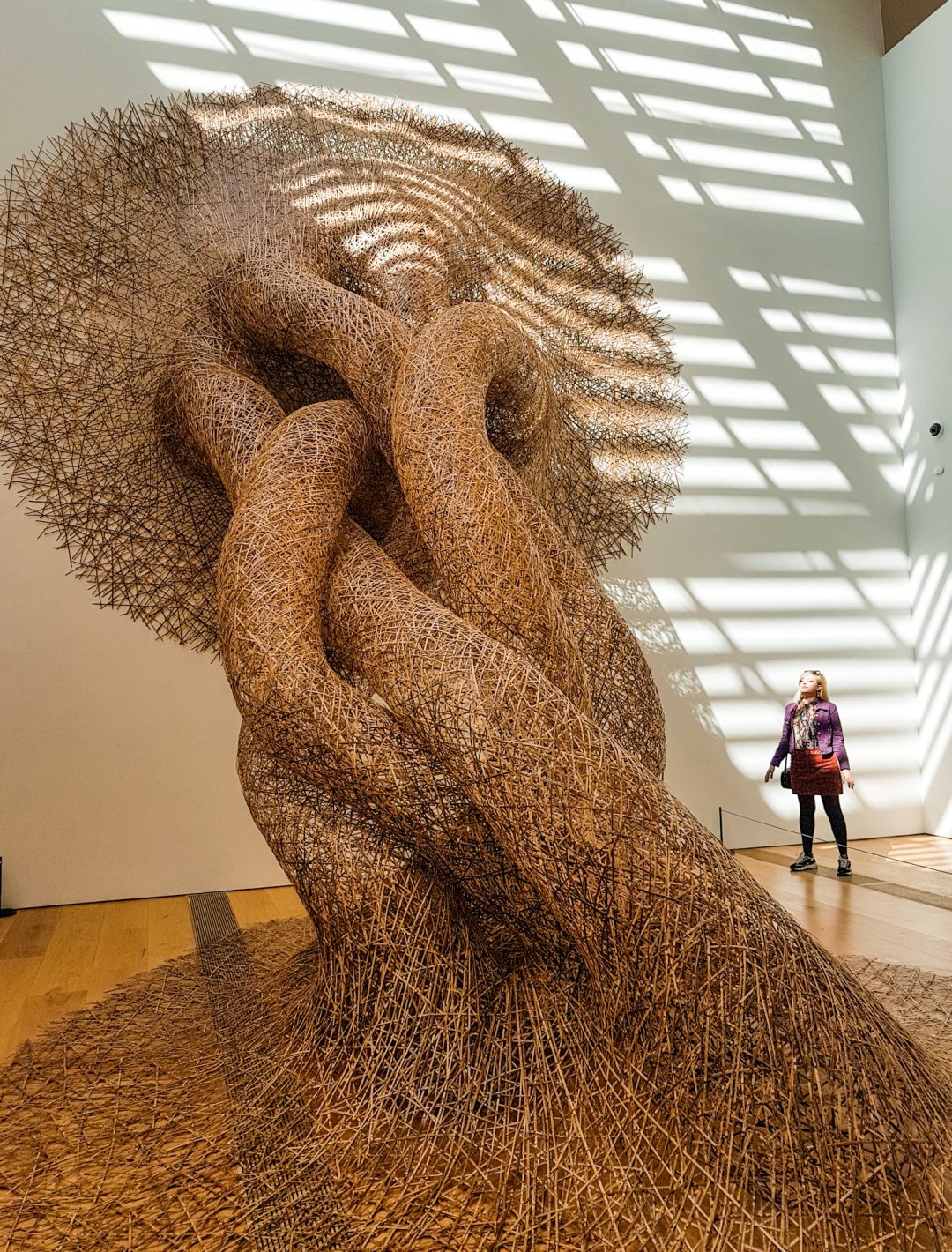Ah! Pain!
Always the fear of losing
Feel the fear of not being you
But now, I know and it hurts
And I will wander until you know too
I’ve always been a bad hero
Always being saved by you
But now that it’s gone
I know my best is gone too
Ah! Pain! Ah! Pain!
Don’t leave me, I beg you, stay
Surrounds me, comforts me, fixes me
Ah! Pain! Ah! Pain!
You were all that was left in me
It’s what makes me alive without you here
I always feel like it will be
Always time erasing you
And now it’s so late
And the longing comes, invades, burns
I always think about you
I always think to myself “What about you?”
And I don’t want to forget you
And the wound doesn’t close, doesn’t close
Ah! Pain! Ah! Pain!
Don’t leave me, I beg you, stay
Surrounds me, comforts me, fixes me
Ah! Pain! Ah! Pain!
You were all that was left in me
It’s what makes me alive without you here, here
Ah! Pain! Ah! Pain!
Ah! Pain! Ah! Pain!
Don’t leave me, I beg you, stay
Surrounds me, comforts me, fixes me
Ah! Pain! Ah! Pain!
You were all that was left in me
It’s what makes me alive without you here










